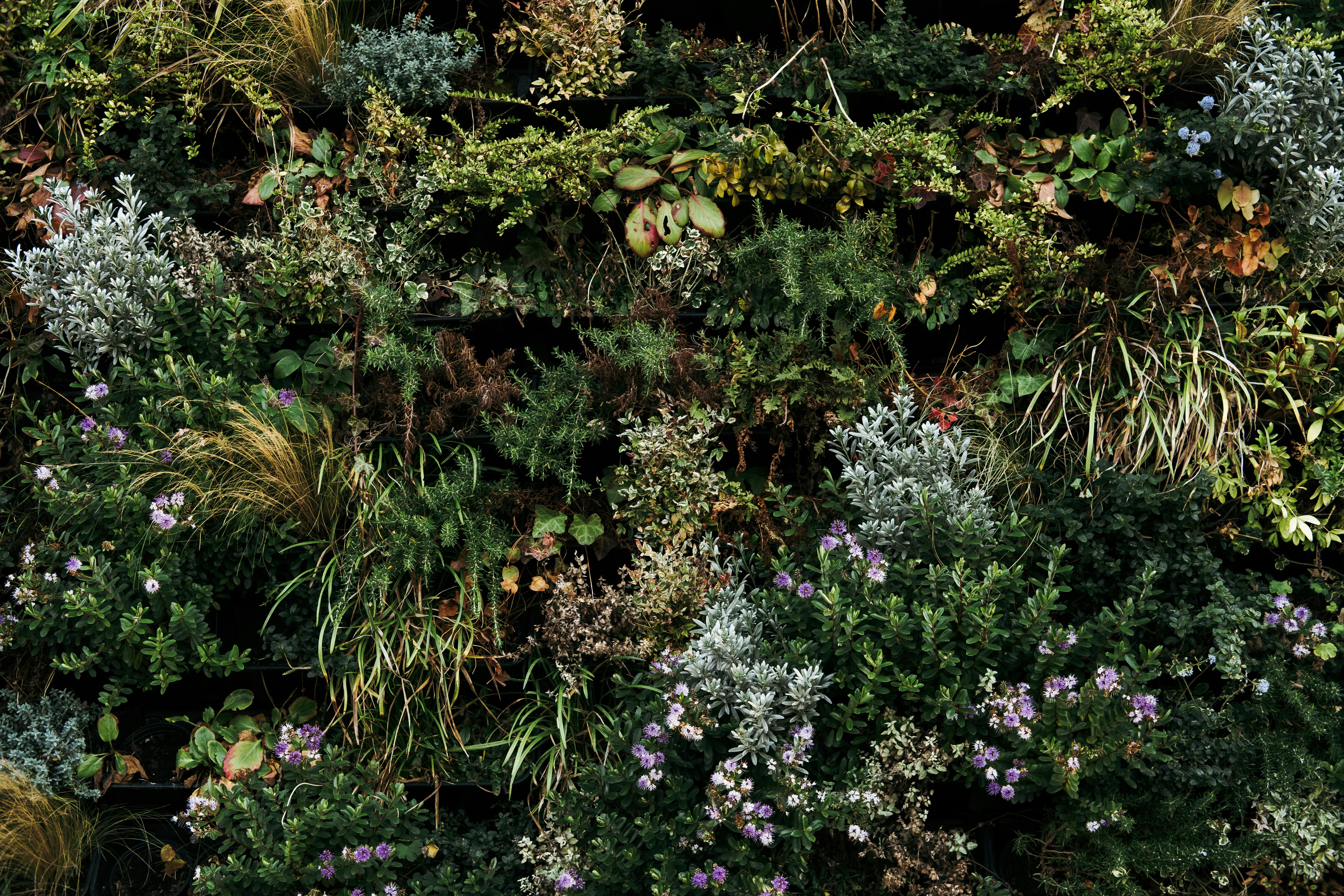Blooming Teams, the Sustainable Agile Way
I like to think that the role of a Scrum Master is similar to that of a gardener. Your responsibility is to ensure that what you care for has the best environment to grow, in a shape and direction that is both beneficial and sustainable. It’s a wholesome vision and one that always reminds me of what’s most important in an Agile project.
There are more parallels between nature and project management than you might think. The laws of nature surround us in our everyday lives, and the work environment is no different.
Forest Succession
A comparison of process change to forest succession is an idea introduced to me by Esther Derby during the ScanAgile 2024 conference in Helsinki, and it resonated deeply. Simply put, a forest does not appear overnight. First, the soil needs preparation, followed by the appearance of small shrubs, and so on. The trees will not grow immediately; all these steps are necessary. It’s a process. One cannot simply plant a forest on any soil and expect a lush explosion of greenery the next day.
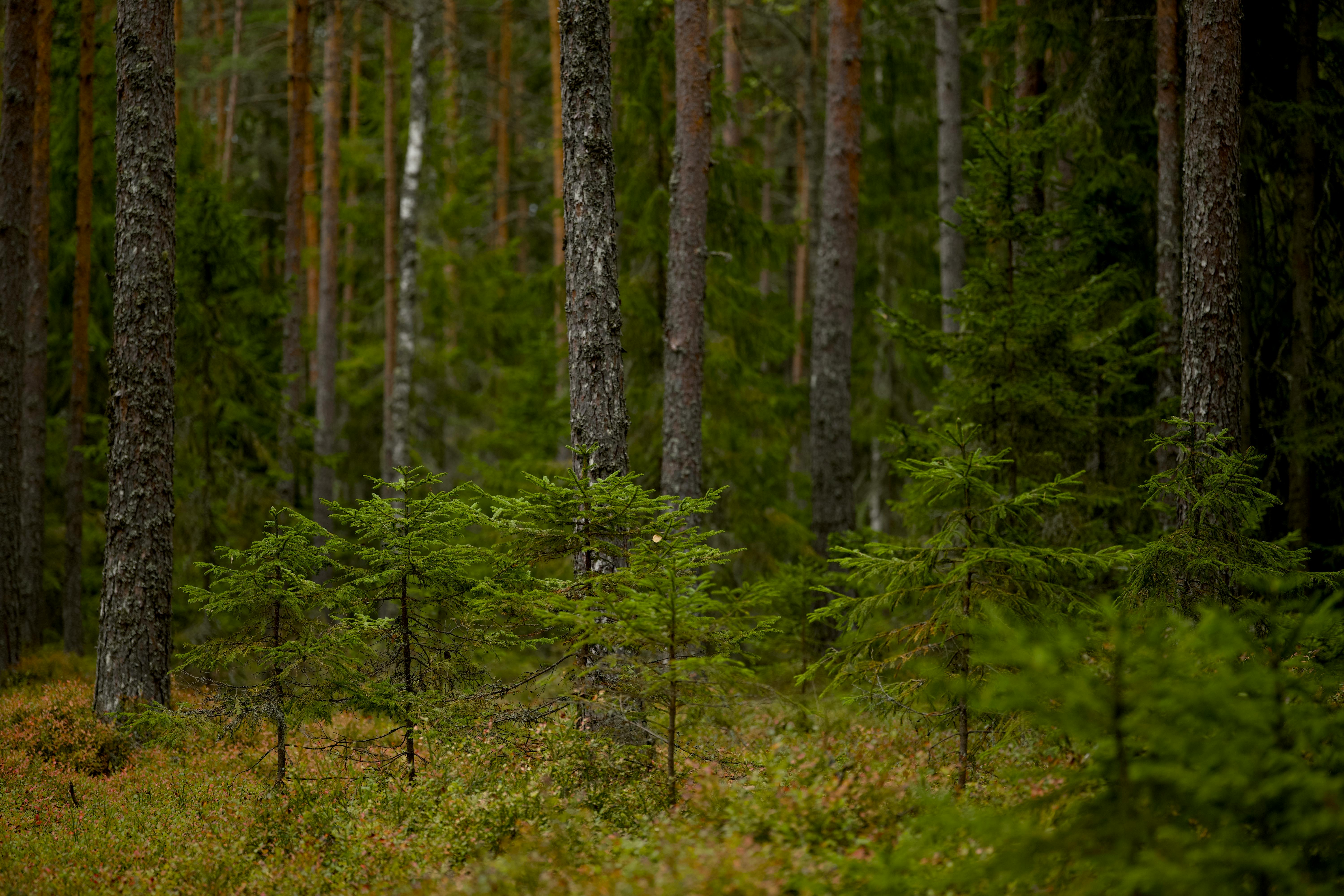
This incremental perspective aligns well with the Agile approach. You work incrementally, adapting and tweaking things as you go, maturing over time. This applies to building a company culture or forming a team within a project. As an Agile leader, you observe and build processes step by step, in a sequence that delivers better results over time.
Weeds
The unwanted guests in the garden often spread most easily. That’s the unfairness of life, I guess. Unfortunately, bad habits do not require the same amount of care to thrive as good ones. This also applies to project practices. Weeds could be weak tests, pointless meetings, or code reviews that are just mindless “OKs”—all behaviors that undermine team agreements and trust. Fortunately, in Scrum, we have a gardener�—the Scrum Master—whose main role is to care for the well-being of the team and its processes. They should spot the weeds and address them before they overgrow the patch.
Shade and Sun
Some plants thrive in the sun, while others grow best in the shade. The same environment will not work equally well for everyone.
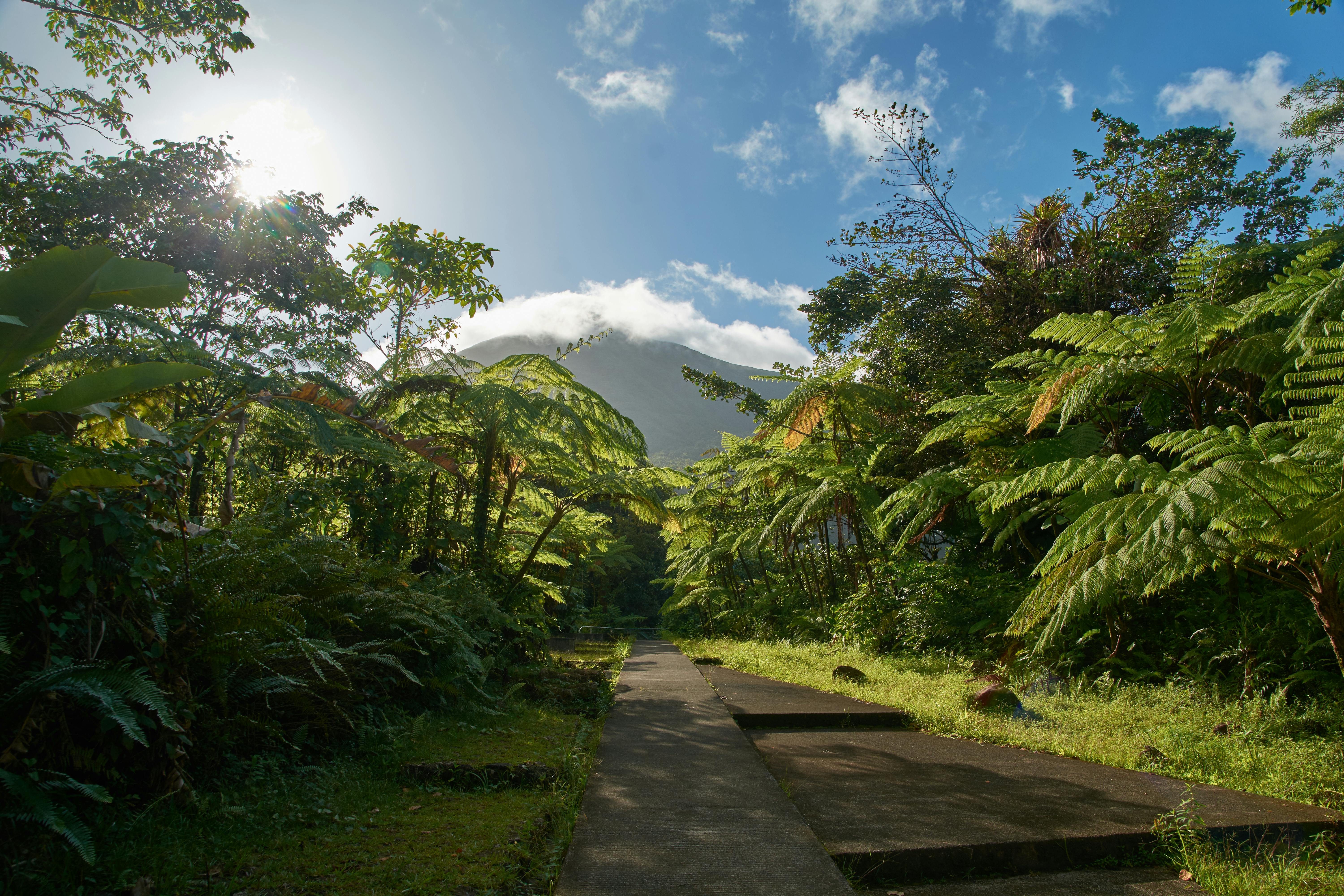
One of the gardener’s tasks is to understand what each plant needs and ensure they provide the right resources at the right place and time. The same applies to the project team—each person is unique, which means there is no miraculous recipe for great team cooperation. Constant observation and care are key.
Biodiversity
Even if a forest seems to consist only of tall trees and chirping birds, every little aspect is crucial. The tiny bugs are just as necessary as the huge bears. Teams made up only of outspoken leaders, even though they might look good on paper, rarely work together effectively. In the project ecosystem, balance is needed just as it is in nature.
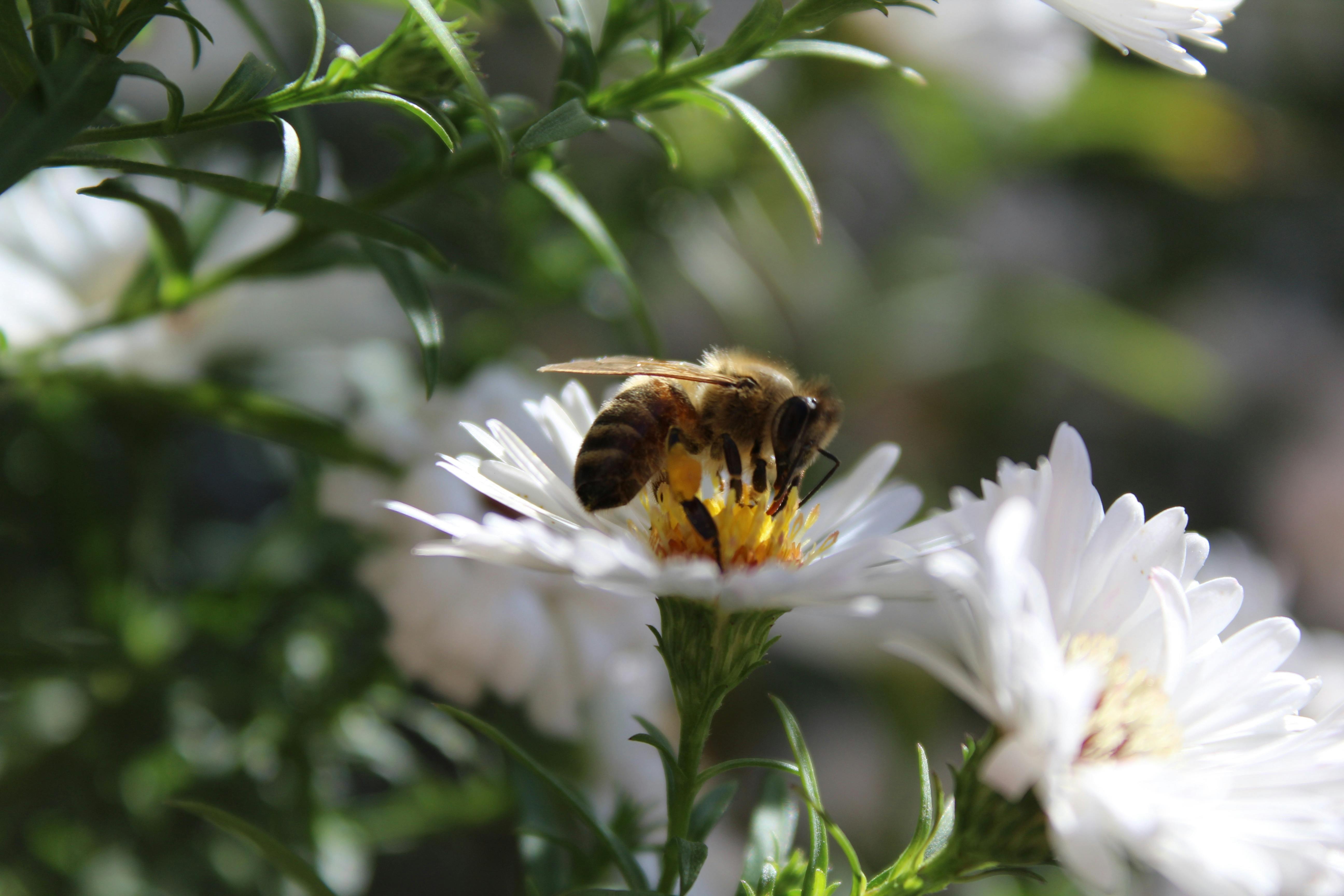
Additionally, when people work only with like-minded team members, they lose valuable opportunities for learning from each other. Not sure about the real forest, with bears and bugs learning from each other, but that might be interesting to observe.
Make Space for Things to Grow
In a crowded patch, it’s hard for all plants to grow harmoniously. The fastest-growing plants can take over and crowd out the others. Similarly, in today’s packed projects, you cannot expect additional processes to fit in easily by themselves. If you want a given practice or technique to happen, plan a slot for it. If you’d like to introduce some QA testing, it should be clearly incorporated into the process, with dedicated timing in the task flow, and taken into account when estimating. It’s not enough to say, “Let’s do it.” Throwing expectations at teams without accommodating for the change will not improve the chances of success. If you want a plant to grow vertically, place a pole. If you want a change to take place in a given direction, ensure there is actual space in that direction.
The Soil
Company culture and its values build the soil—the environment in which we can all grow or slowly wilt. Do you want a thriving environment? As Esther Derby pointed out in her ScanAgile presentation, do not focus only on hiring the best people. Work on the soil—the company environment—as well.
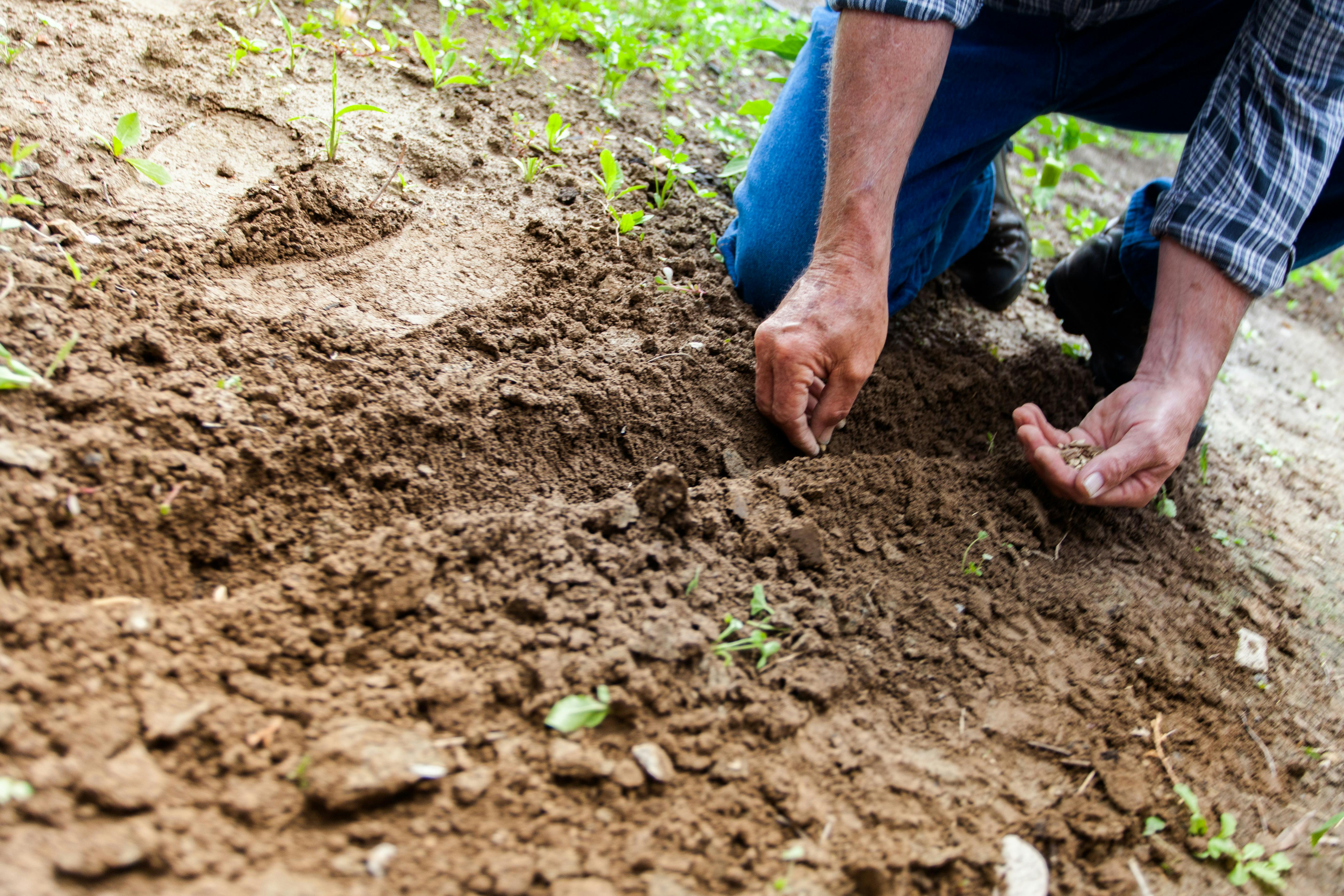
I think that this point of view represents the way we work at Bright Inventions. The values, communication, culture and feedback allow people to grow together and stick together. Recruitment of great talents is not enough, we do not meet as final versions of ourselves. It takes dedication and care to build a thriving environment and I greatly appreciate what we create every day at Bright.
That said, just as with plants and soils, not every soil will benefit every plant. Some, however, are more fertile than others, and that’s always a good start.
Sustainability
Agile means a sustainable approach. One that focuses on delivering quickly, yes, but with a long-term goal in mind. We’re not there yet with the product, but we want to get your feedback to improve in the next steps. All this embracing change and building increments—it’s worth it only if there will be next steps, ones in which we incorporate the feedback and grow.
